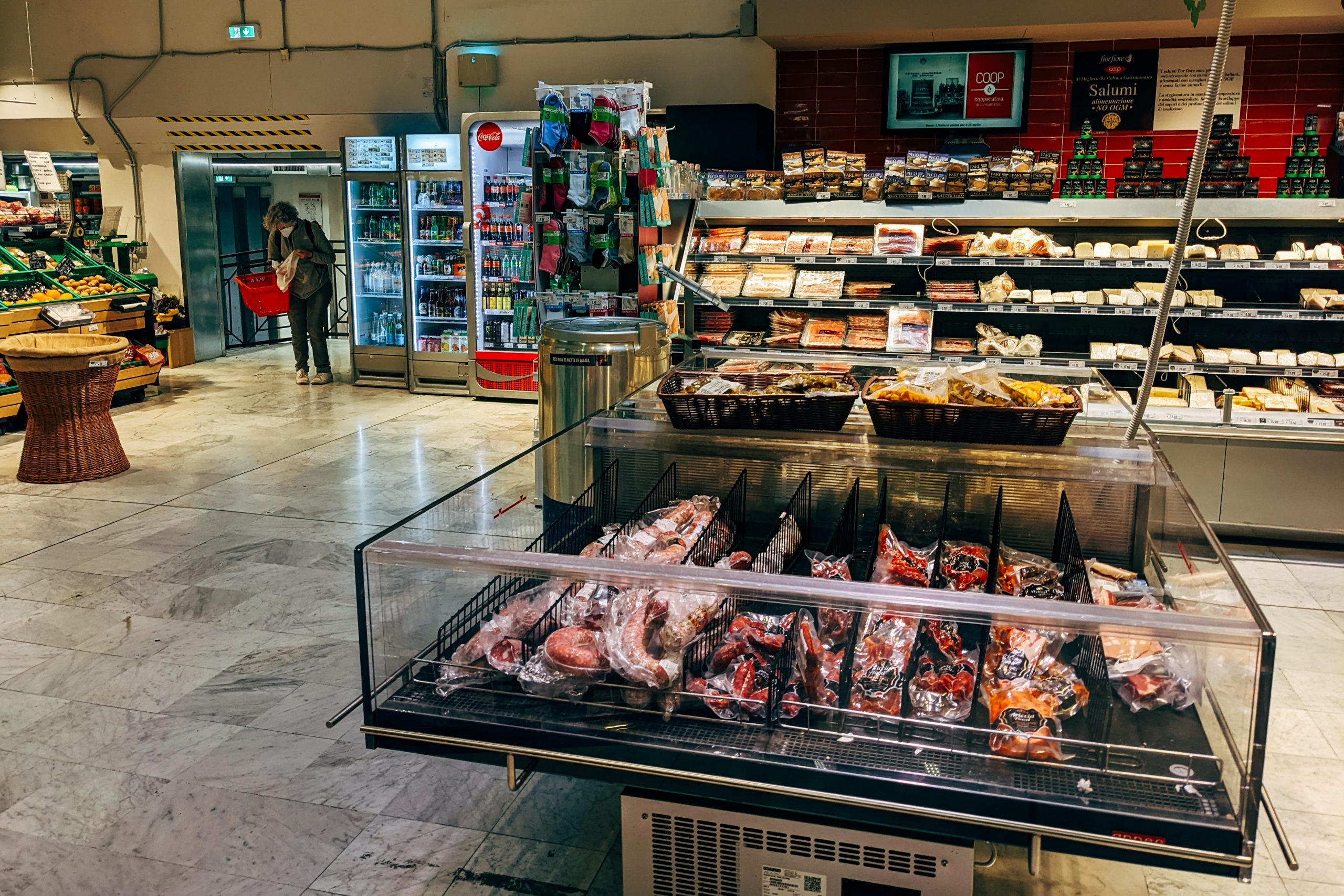Introduction
Attention all foodies and budget-conscious individuals! Are you tired of constantly seeing your grocery bill skyrocket every time you hit the supermarket? Well, you’re not alone. Food inflation has been a growing concern for many households worldwide, and finding ways to save on essential items such as groceries is becoming increasingly challenging. However, don’t fret just yet! In this blog post, we will explore seven practical solutions to help combat food inflation while still satisfying your taste buds. From smart shopping techniques to adopting sustainable eating habits, get ready to discover useful tips that will keep both your stomach and wallet full. So grab a seat and let’s dive into these exciting strategies together!
What is Food Inflation?
Food inflation occurs when the price of food items increases. This can be caused by a variety of factors, such as droughts, pests, crop failures, or increased demand. When food prices rise, it becomes more difficult for consumers to afford nutritious meals. This can lead to malnutrition and other health problems.
There are several ways to combat food inflation. One is to increase agricultural production. This can be done through better irrigation, fertilization, and crop rotation practices. Another solution is to reduce wastage and losses throughout the food supply chain. This includes improving storage facilities and transportation infrastructure. Finally, increasing competition in the food sector can help keep prices down. This can be done by liberalizing trade policies and breaking up monopolies.
The Causes of Food Inflation
There are many causes of food inflation, but the most common ones include:
1. The rise in the cost of raw materials and inputs: This is one of the most direct causes of food inflation. When the prices of wheat, corn, soybeans, and other major crops increase, so does the cost of producing food. This often happens due to weather conditions affecting crop yields, as well as increasing demand from countries like China and India.
2. The increase in fuel costs: Another key factor driving up food prices is the rising cost of oil and other fuels used in farming, transportation, and processing. As fuel prices have increased in recent years, so has the cost of getting food to market.
3. Government policies: In some cases, government policies can contribute to higher food prices. For example, trade restrictions or subsidies can sometimes distort markets and lead to higher prices for consumers.
4. Currency fluctuations: Changes in exchange rates can also affect the price of food. A strong U.S. dollar makes imported foods more expensive, while a weak dollar makes them cheaper. Similarly, a strong Chinese yuan makes Chinese exports more expensive, which can lead to higher prices for food products that use those exports as inputs (such as soybeans).
The Impact of Food Inflation
Food inflation has been a problem for low-income families in the United States for many years. The cost of food has risen faster than the rate of inflation for other goods and services, and this trend is expected to continue. The impact of food inflation is particularly severe on families with children, who spend a larger share of their income on food.
There are several reasons for the high cost of food. One is the increasing price of fuel, which raises the cost of transportation and processing. Another is the consolidation of the food industry, which has led to fewer companies controlling a larger share of the market. This creates less competition and gives these companies more power to set prices. Additionally, droughts and other weather events can lead to crop failures and higher prices for farmers’ goods.
The impact of food inflation hits low-income families hardest. They often spend a larger share of their income on food, so when prices go up they have to cut back on other necessities like housing or healthcare. This can create a cycle of poverty that is difficult to break out of.
There are some programs that can help offset the impact of food inflation on low-income households. For example, the Supplemental Nutrition Assistance Program (SNAP) provides assistance with buying groceries for eligible households. However, SNAP benefits only cover a portion of costs, so many families still struggle to make ends meet.
ultimately, addressing food inflation will require tackling the underlying causes: increasing fuel costs, industry
7 Solutions to Food Inflation
There are a variety of solutions to food inflation. Some solutions are more effective than others. Here are some common solutions to food inflation:
1. Reducing Food Waste: One solution to food inflation is reducing the amount of food waste. It’s estimated that Americans waste $165 billion worth of food each year. That’s enough food to feed the entire population of Mexico! Reducing food waste can help reduce the pressure on the food supply and eventually help lower prices.
2. Increasing Food Production: Another solution to food inflation is increasing food production. This can be done through a variety of means such as better irrigation, new technology, and more efficient farming practices. Increasing food production can help keep up with the demand and eventually help lower prices.
3. Government Intervention: The government can also help solve the problem of food inflation through various policies and programs. For example, the government can provide subsidies to farmers or invest in research and development for new farming methods. The government can also create buffer stocks of staple foods to stabilize prices in times of shortages.
4. Improving Infrastructure: Improving infrastructure is another key solution tofood inflation. This includes improving roads, railways, and port facilities so that foods can be transported more efficiently from farms to markets. Additionally, investments in cold storage and warehousing can help reduce wastage and improve shelf life of perishable goods.
5
Conclusion
The solutions to food inflation presented here can help you protect your wallet and keep food prices down. From stocking up on pantry staples when they are on sale, to finding new ways to buy in bulk, these strategies can make it easier for you to enjoy good-quality ingredients without breaking the bank. We also recommend exploring locally sourced options whenever possible; supporting local producers is a great way of keeping your family’s grocery spending in check while also making sure that the community benefits from fair pricing practices.










